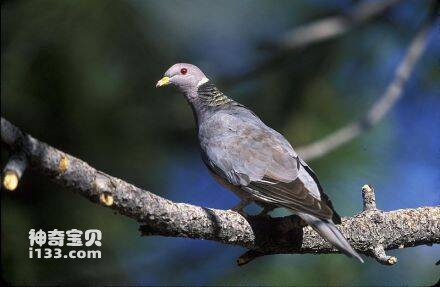
Columba fasciata
Columba fasciata
The species Columba fasciata is not known.Listed in the International Union ···
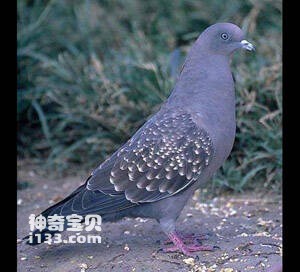
Columba maculosa
Columba maculosa,Spot-winged Pigeon
The species is known as Columba maculosa and Spot-winged Pigeon. Its specifi···
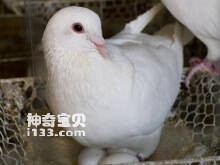
Columba subvinacea
Red pigeon, Canu pigeon, Karen pigeon,
Columba subvinacea has a gentle temperament and strong breeding capacity, wi···
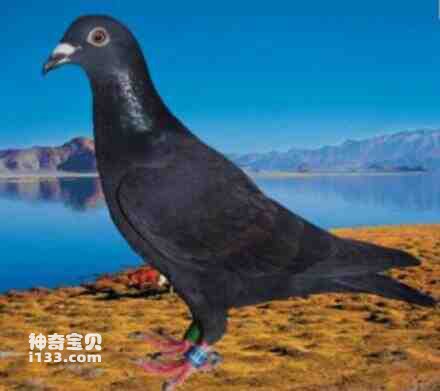
Columba goodsoni
Columba goodsoni,Dusky Pigeon
The Pigeon is known as Columba goodsoni and Dusky Pigeon, but its behavior i···

Geotrygon carrikeri
Geotrygon carrikeri,Tuxtla Quail-dove,Veracruz Quail-Dove
Geotrygon carrikeri, Tuxtla Quail-dove, Veracruz Quail-Dove, was once consid···
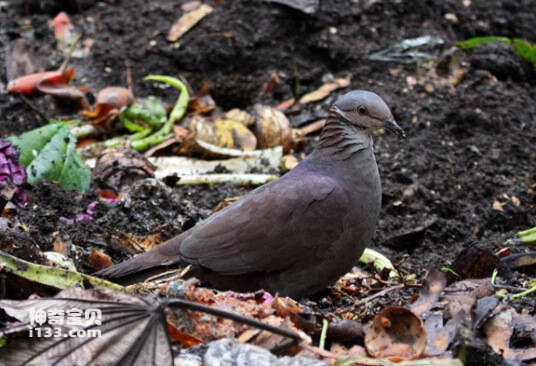
Geotrygon frenata
Geotrygon frenata,White-throated Quail-dove
The scientific name of the White throated Quail dove is Geotrygon frenata, a···
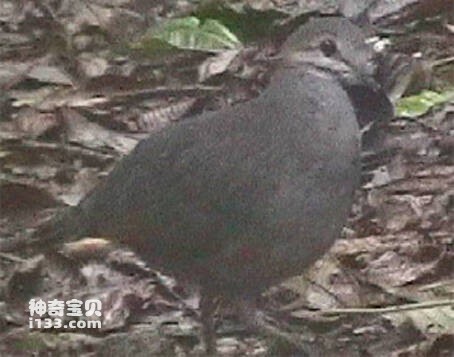
Geotrygon lawrencii
Geotrygon lawrencii,Purplish-backed Quail-dove
Geotrygon lawrencii and Purplish-backed Quail-dove are unknown.Listed in the···
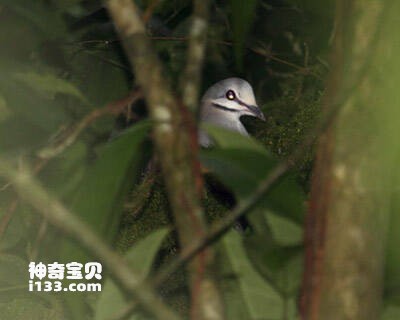
Geotrygon carrikery
Geotrygon carrikery,Geotrygon carrikeri,Veracruz Quail-dove
Its scientific name is Geotrygon carrikery, and its foreign names are Geotry···
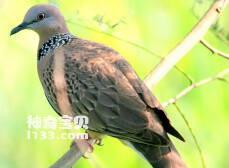
Spilopelia chinensis
Spilopelia chinensis, Tridges, Middle spotted, floral dove, floral necked Dove, Pearl dove, spotted necked Dove, bead necked pigeon, Spilopelia chinensis,
There are five subspecies of the pearl necked turtle dove (Spilopelia chinen···
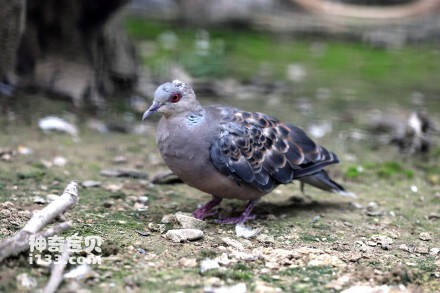
Streptopelia orientalis
Streptopelia orientalis, Oriental Turtle-dove, Golden back turtle, Monoceros dove, pheasant dove, Monoceros, Flower wing, Streptopelia orientalis, Oriental Turtle-dove
The scientific name Streptopelia orientalis, the foreign name Oriental Turtl···
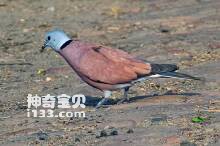
Streptopelia tranquebarica
Streptopelia tranquebarica, Collared Turtle Dove, Red Turtle Dove
The Red Turtle Dove (Oenopopelia tranquebarica) has two subspecies: Collared···
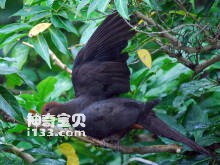
Macropygia tenuirostris
Macropygia tenuirostris,Philippine Cuckoo-dove
The Philippine Cuckoo dove is Macropygia tenuirostris and Philippine cuckoo-···
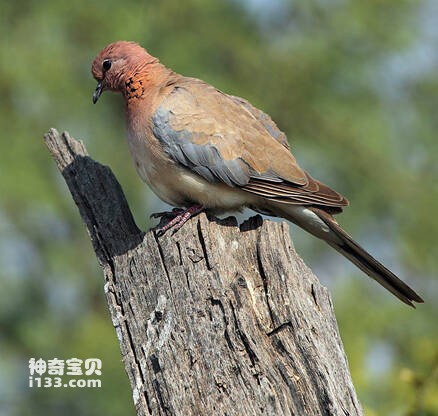
Macropygia rufipennis
Macropygia rufipennis,Andaman Cuckoo-dove
Macropygia rufipennis and Andaman Cuckoo-dove are unknown.Listed in the Inte···
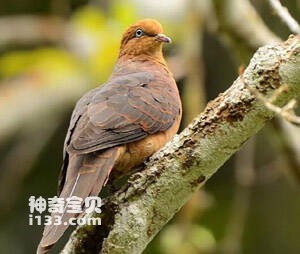
Macropygia phasianella
Macropygia phasianella
Cuckoo doves (Macropygia phasianella) usually live in large groups. Take tim···
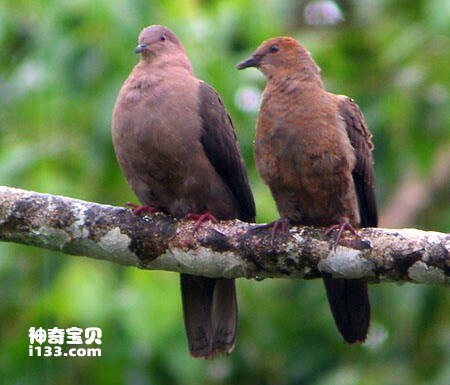
Macropygia nigrirostris
Macropygia nigrirostris,Black-billed Cuckoo-dove
Macropygia nigrirostris, Black-billed Cuckoo-dove, is unknown.Listed in the ···
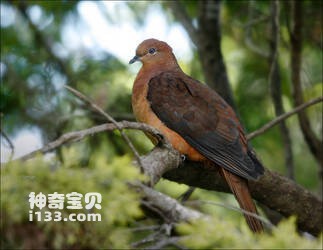
Macropygia magna
Macropygia magna,Dusky Cuckoo-dove
Macropygia magna and Dusky Cuckoo-dove are unknown.Listed in the Internation···
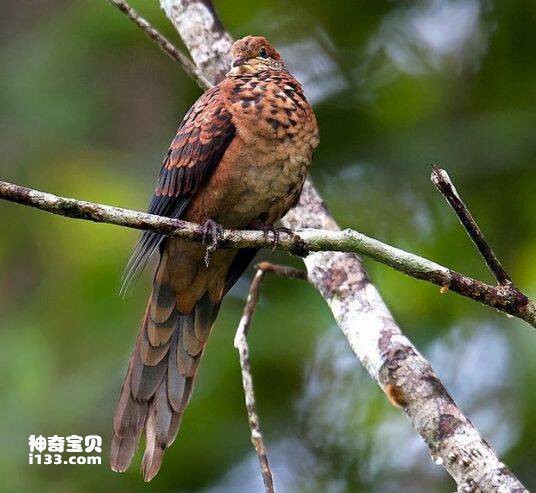
Macropygia mackinlayi
Macropygia mackinlayi,Mackinlay's Cuckoo-dove,Spot-breasted Cuckoo-dove
Macropygia mackinlayi, Mackinlay' s Cuckoo-dove, Spot-breasted Cuckoo-do···
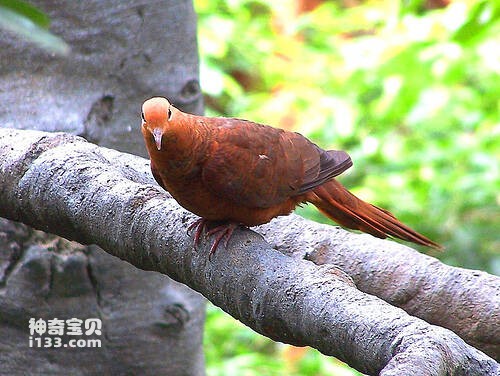
Macropygia emiliana
Macropygia emiliana,Ruddy Cuckoo-dove
Macropygia emiliana and Ruddy Cuckoo-dove feed on fruits, seeds and buds.Lis···

Macropygia amboinensis
Macropygia amboinensis,Slender-billed Cuckoo-dove
Macropygia amboinensis has 10 subspecies of Slender-billed Cuckoo-dove. It i···
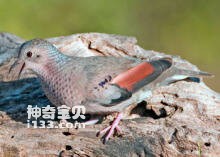
Columbina passerina
Columbina passerina,Common Ground-dove
Its scientific name is Columbina passerina, and its foreign name is Common G···
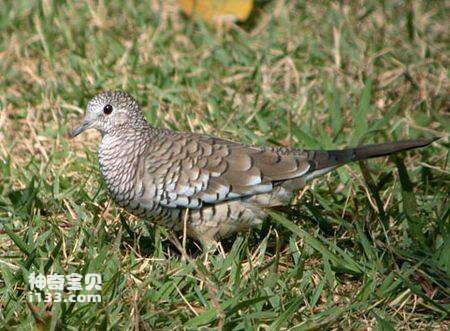
Columbina squammata
Columbina squammata,Scaled Dove
Its scientific name is Columbina squammata, and its foreign name is Scaled D···
